A shore investment: why luxury brands are headed to the beach
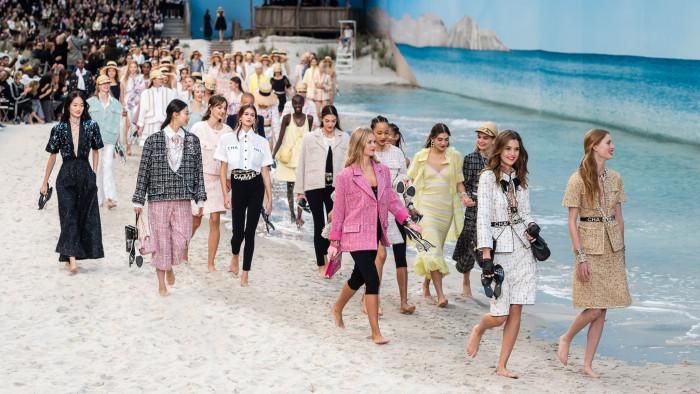
Roula Khalaf, Editor of the FT, selects her favourite stories in this weekly newsletter.
Chanel’s Spring/Summer 2019 show took us to the beach. An esplanade overlooking a sandy vista and actual lapping waves. Thankfully, the only people wearing swimwear were the models. They carried beach-ball purses, picnic-hamper handbags and slouchy towelling totes. They swung plastic branded sandals to tiptoe through the water. They wore wide straw-brimmed sun hats, boxy sorbet tweeds, beach-goth blazers in unapologetic black and stretchy jersey leggings that looked like yoga pants. If there’s any trend I challenge you to try this season, it’s thigh-length leggings with a tailored blazer. Having seen it in various incarnations all season (including Cavalli and Off-White), I’ve become quite obsessed.
The idea of seaside vacationing has been a constant theme this week in Paris. Dozens of designers have drawn on nautical amulets, shell shapes, beach accessories and holiday trinkets to make up the details of their shows. At Chloé, Natacha Ramsay-Levi took us to Ibiza with souvenir T-shirts and richly patterned prints. Julien Dossena conjured the textures and charms of north Africa for Paco Rabanne, and at Hermès Nadège Vanhee-Cybulski set sail with reef-knot and rigging details. Everywhere, everyone has done a woven bag.
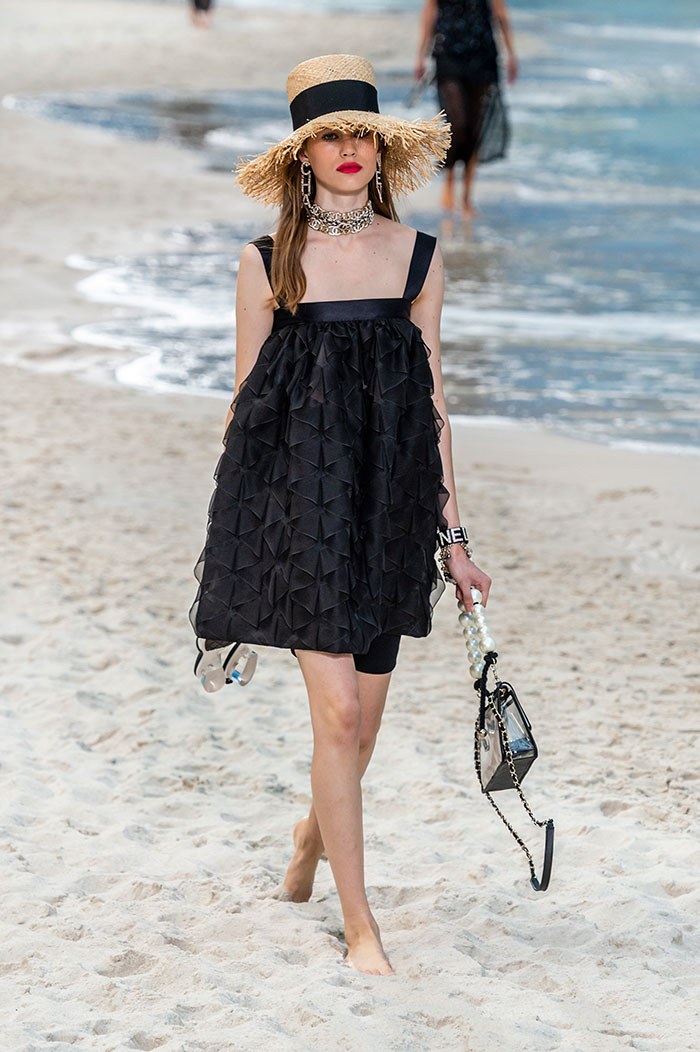
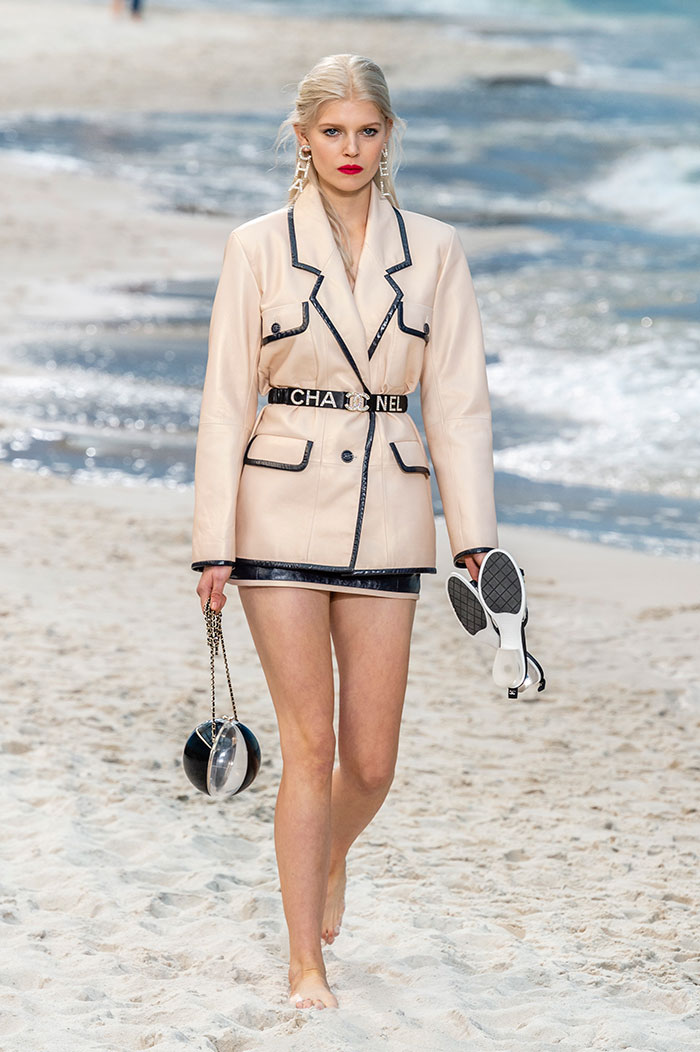
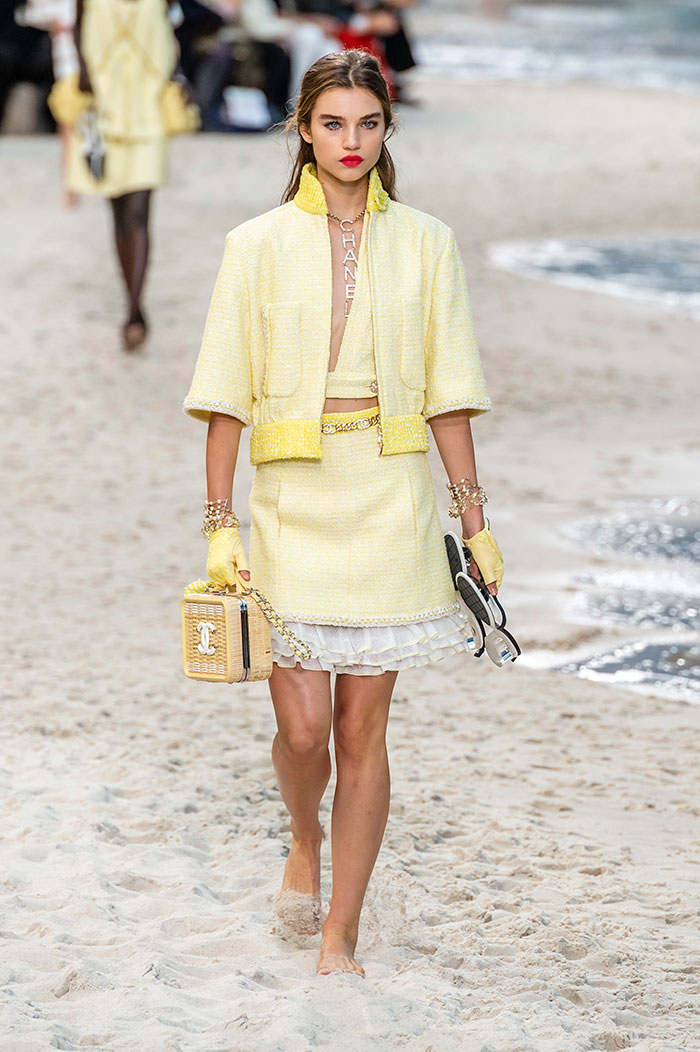
No kidding, it’s a summer collection, says you. And true enough, the summer shows do typically include clothes one might wear on the beach. But the new focus on “vacation wear” is also an acknowledgment of a now booming business in which all must compete. In what has been a relatively stagnant market for ready-to-wear more generally, the vacation category has seen a sudden surge. Online retailers such as Matches and Net-a-Porter now have dedicated categories for swimwear and kaftans, a rash of new niche labels have sprung up to serve our sun-lounging needs, and there’s a growing trend for luxury brands to open pop-up beachside shops.
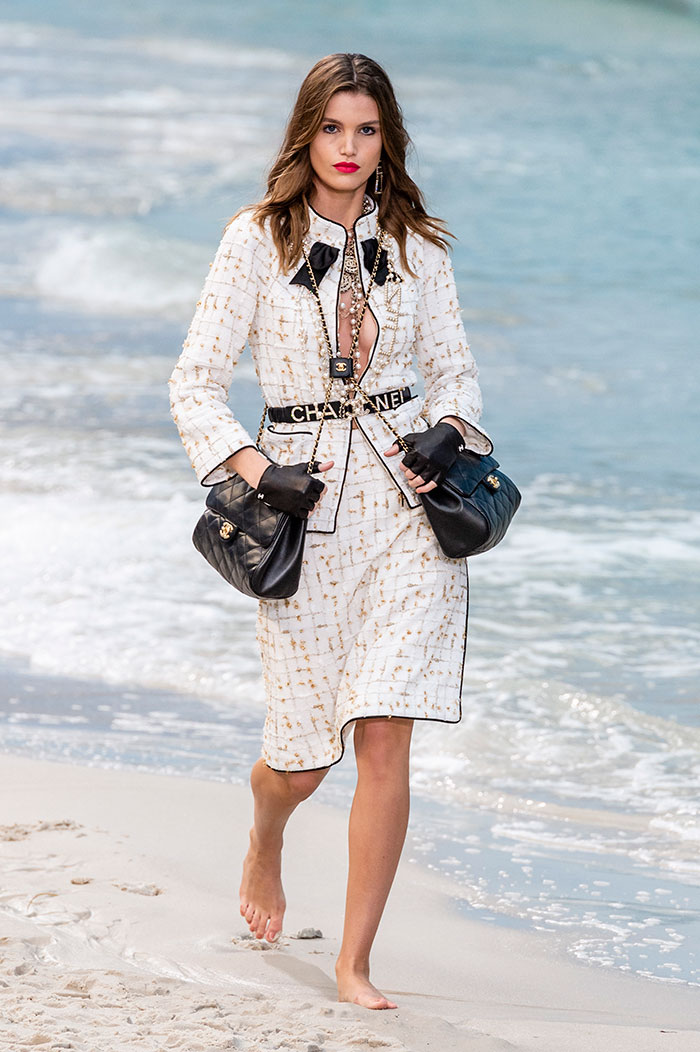
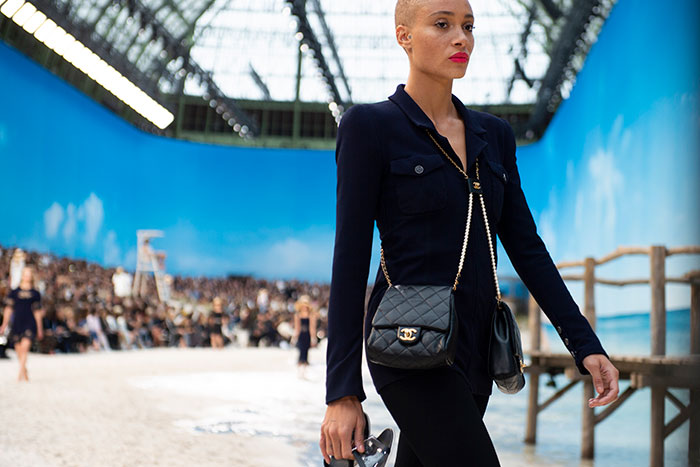
For the past few seasons, Chanel has taken a summer retail residency in La Mistralée mansion in Saint-Tropez, where it sells sandals, beach bags and sunglasses — along with tweed jackets and fine jewellery too. Dior went to Mykonos, Loewe has Paula’s Boutique in Ibiza. Once upon a time we might have gone away to get away from material temptations: now, it seems, we travel just to shop.
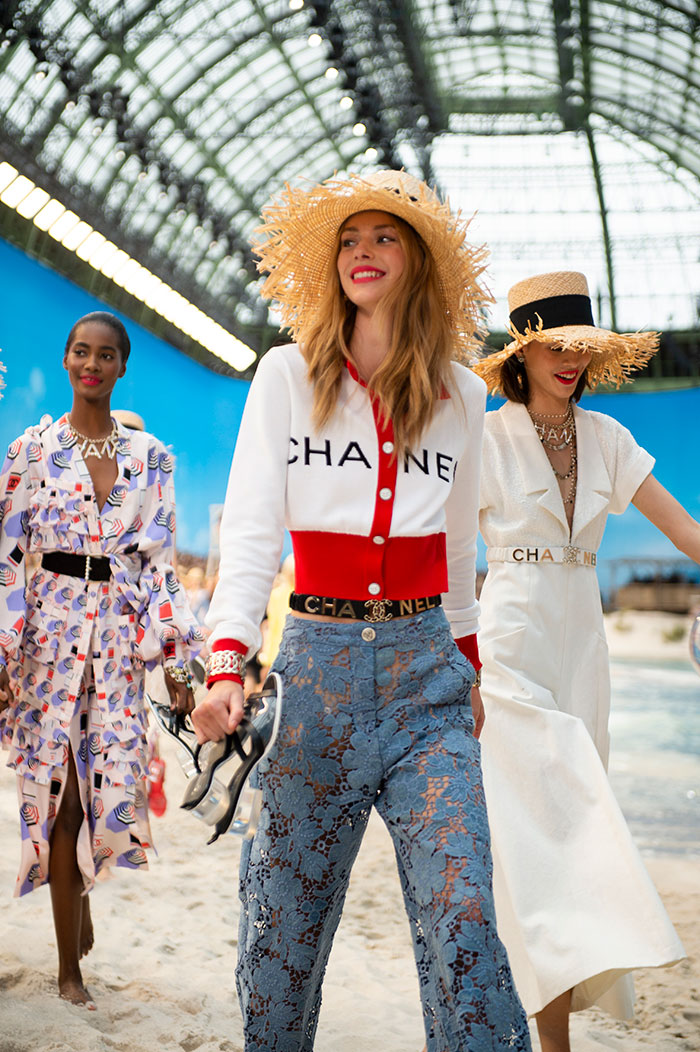
It can’t be any coincidence, either, that last week Chanel announced its acquisition of British men’s swimwear brand Orlebar Brown. The French luxury house has bought out all shares from company founder Adam Brown and private equity firm Piper for an undisclosed sum. In doing so, they have become the owners of a fully realised beach-lifestyle business. They acquired French women’s swimwear label Eres in 1996. Chanel is clearly convinced that there’s treasure in that sand.
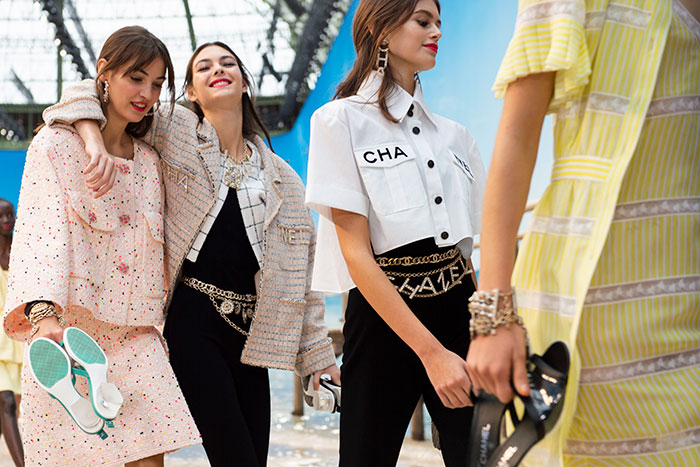
I blame Instagram for the current boom in bikinis. The holiday, once an opportunity to wear one’s oldest T-shirt and not change it for a week, has now become a career choice for influencers posting exotic images of themselves flaunting product on the beach. In the era of “experience” and the “authentic” point of view, an Instagram post of a honey-limbed lovely wearing a branded swimming costume, selfie-ready statement sunglasses and a sundowner dress at golden hour has become a powerful marketing asset. No wonder Chanel has dived straight in.
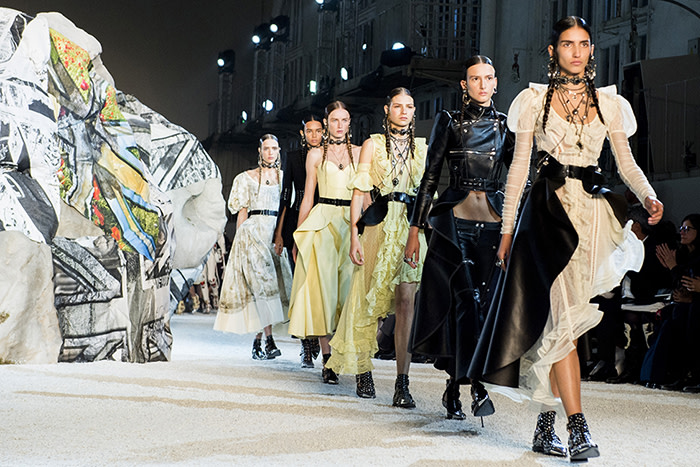
There was a beach, of sorts, at Alexander McQueen also. Although this one was covered in dazzling white shingle to suggest the misty vistas surrounding King Arthur’s Avalon and framed with standing stones. With their long pelmets, embellished suiting, hand-painted leather breastplates, floral embroideries and lace-knit layers of cobweb weight, the women recalled heroines such as Guinevere, Morgana or the Lady of Shalott, as captured by the mournful Pre-Raphaelites.
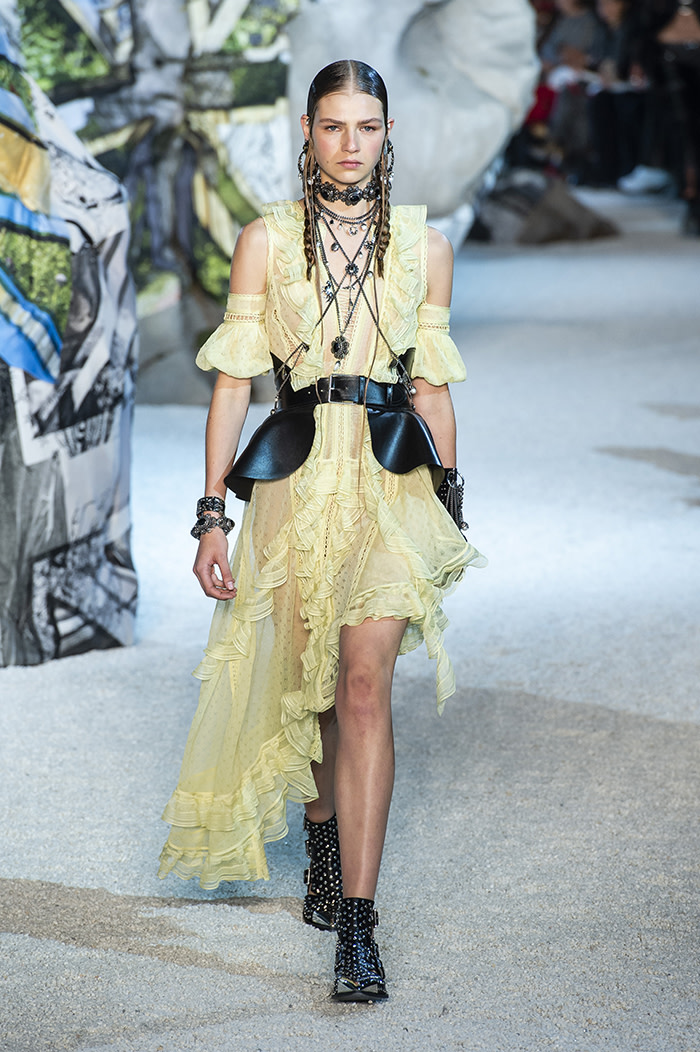
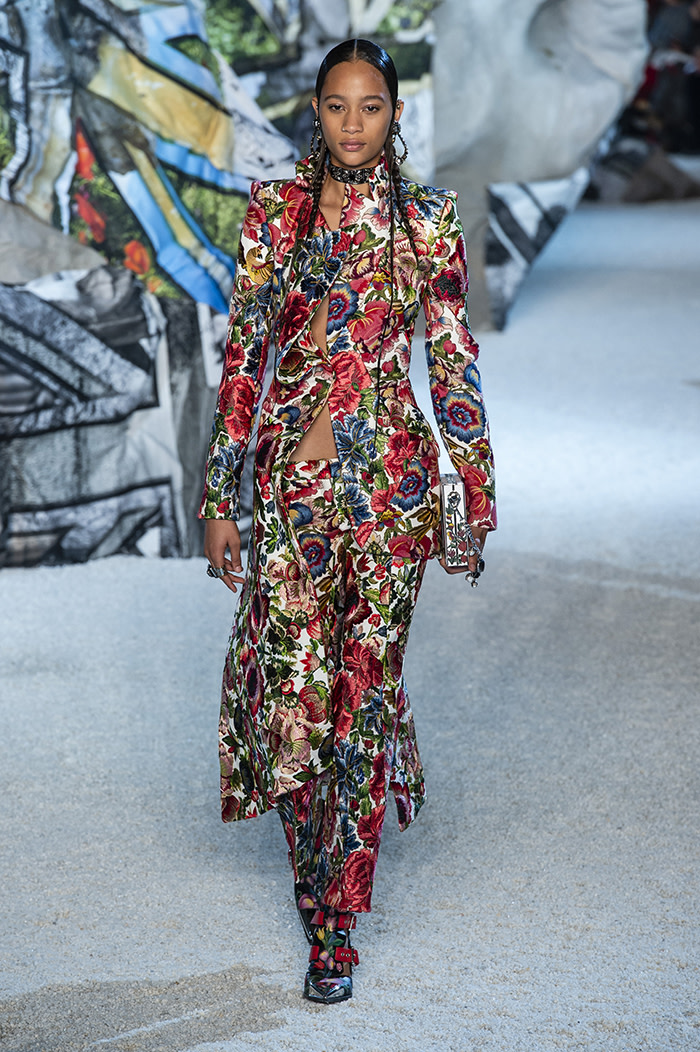
But these were no lone warriors. Designer Sarah Burton had drawn on the bonds of sisterhood that make up a community and the collection marked the milestones of birth, marriage and death. She had deconstructed christening robes and wedding gowns to make poetic-looking dresses, clothes that celebrated the ceremonies of life. The studio had also provided inspiration: Burton had trained 200 people, mostly women, to hand-paint the 18th-century florals and work on the embroideries. “It creates an incredible atmosphere to see everyone working together like that,” said Burton. The pieces were ethereally beautiful, but the process had been human and bonding.
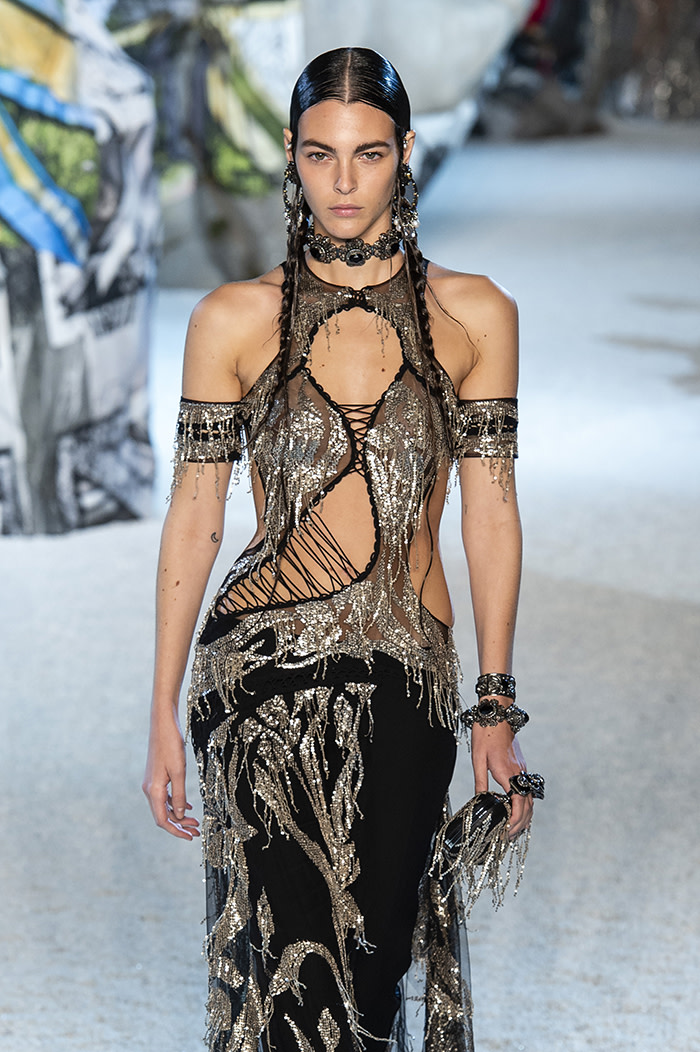
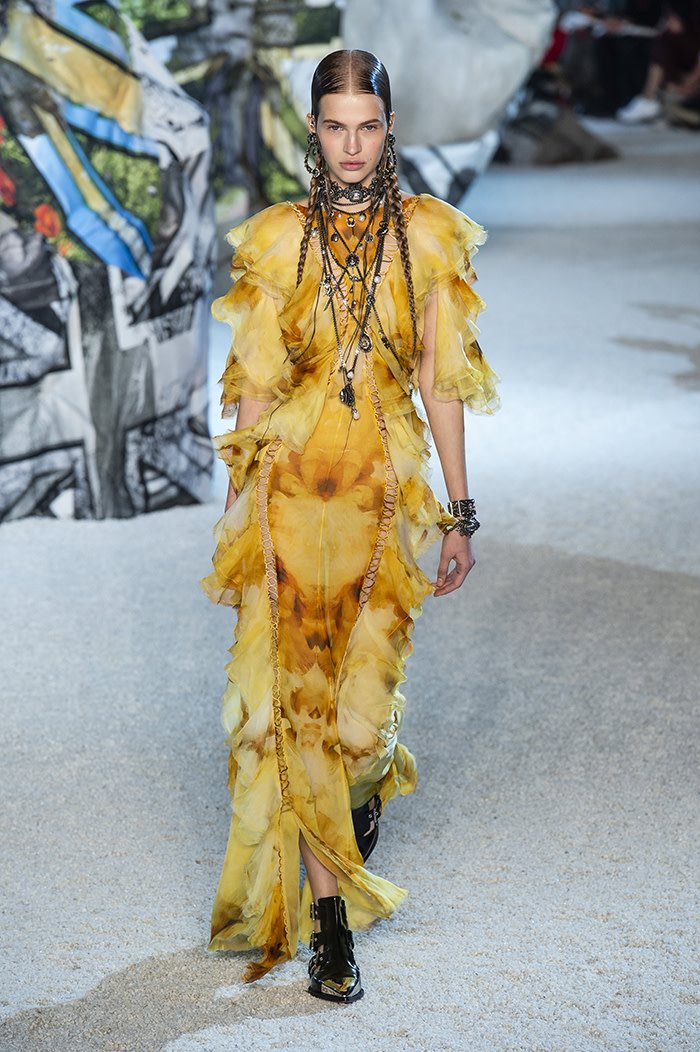
Nor was this some Handmaid’s Tale version of modest dressing. The clothes were provocative and sexy but projected a don’t-even-think-about-it confidence. With their steel-tipped booties and leather armour, they recalled an ancient army. “Power means nothing without the support of the other women around you,” said Burton backstage.
I’m with you, sister.
For more trends and all of our fashion week coverage, visit ft.com/womenswear.
Follow @FTStyle on Twitter or @financialtimesfashion on Instagram to find out about our latest stories first. Subscribe to FT Life on YouTube for the latest FT Weekend videos
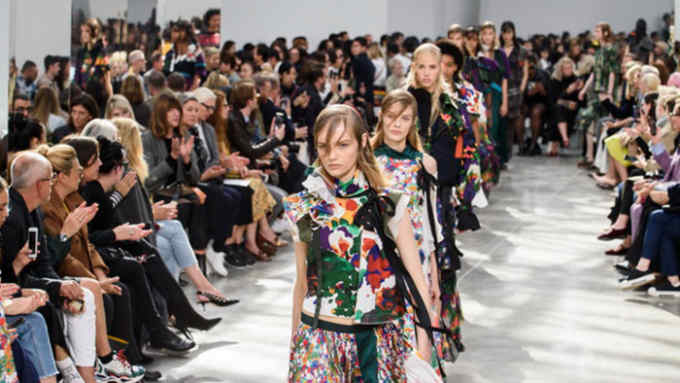
Comments